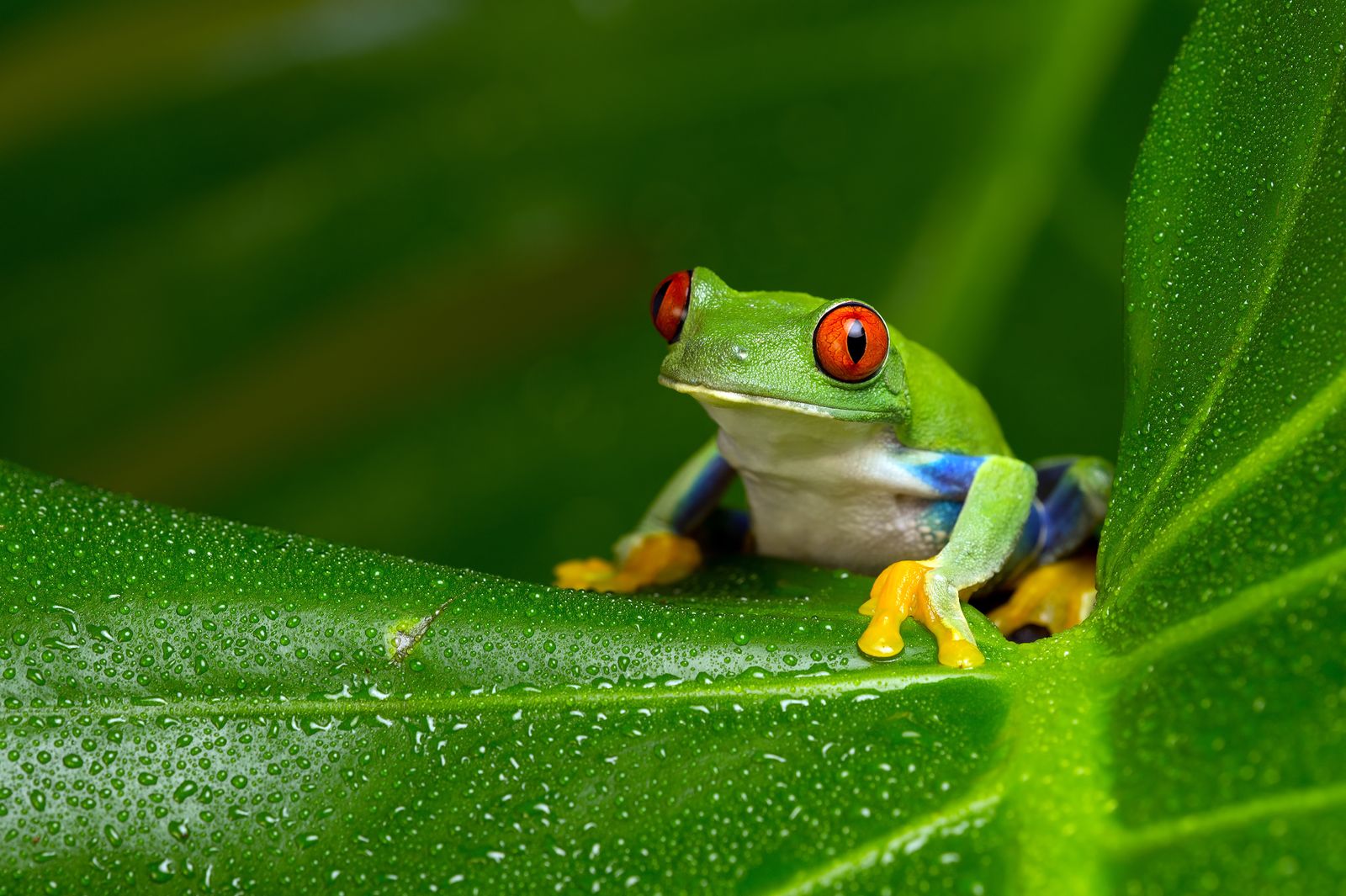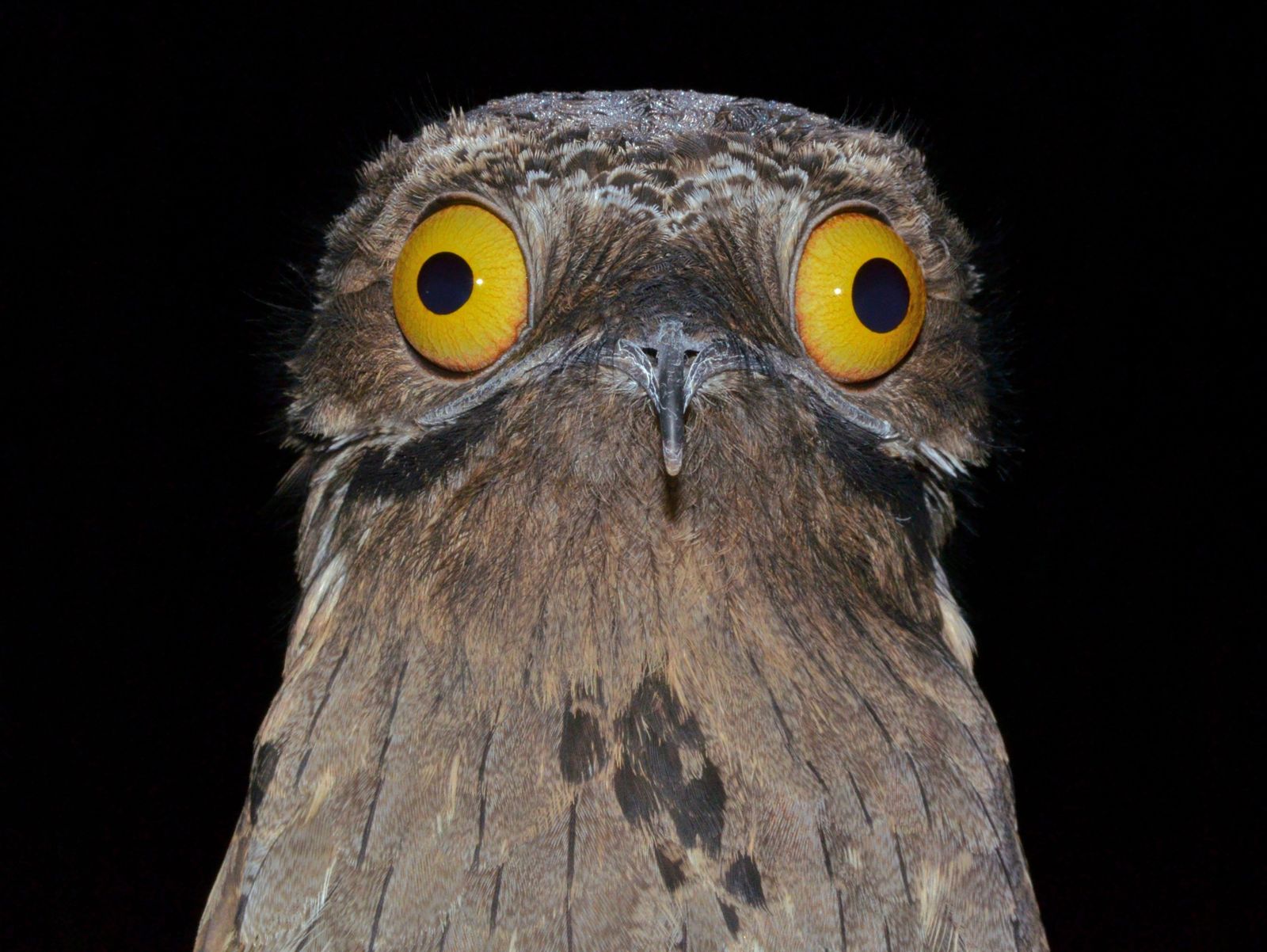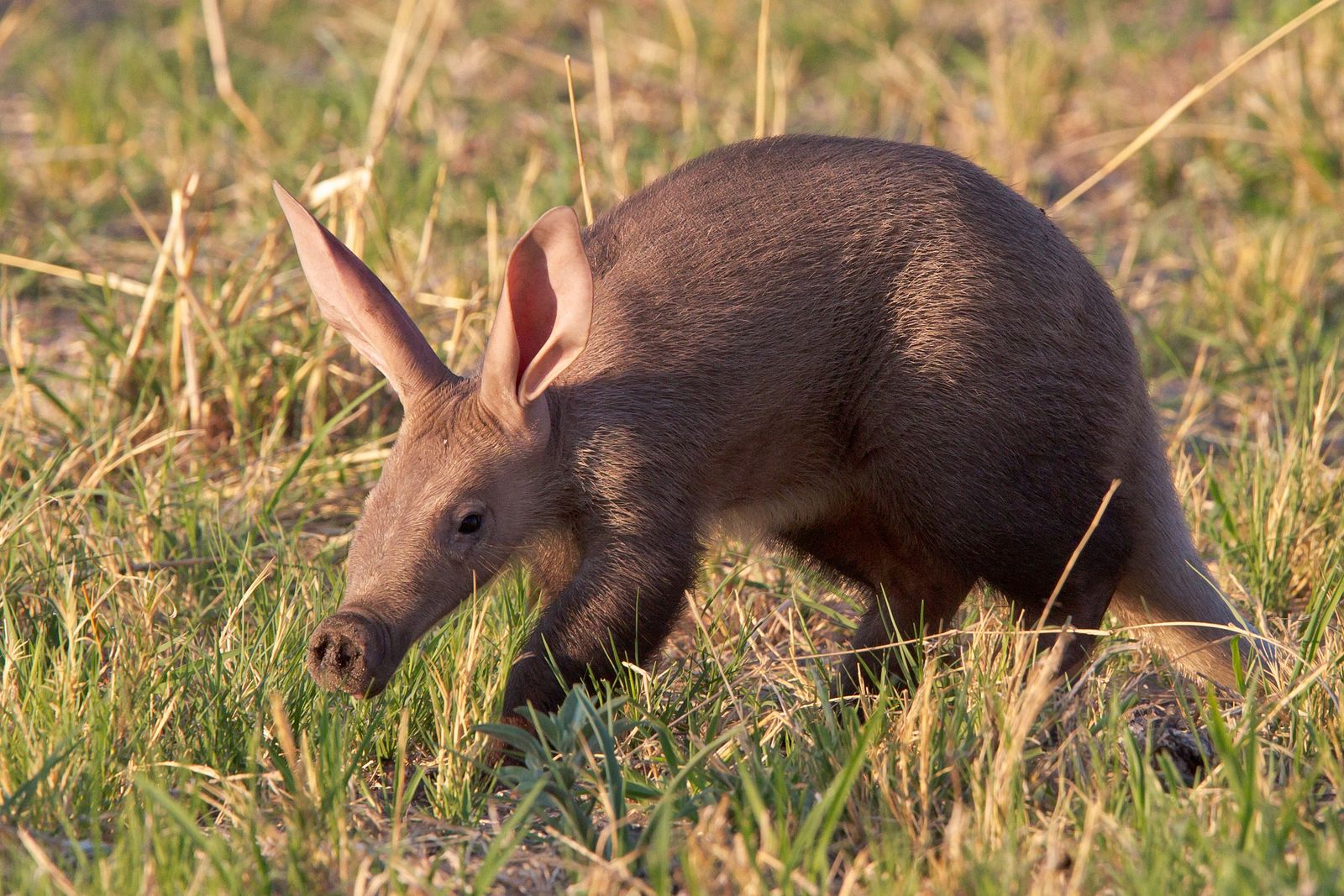As told by Lina, Red-Eyed Tree Frog of the Rainforest Canopy
When the moon rises and the jungle whispers its
evening secrets, that's when we Rain Dancers begin our work. With eyes like
rubies and feet that seem painted by the most delicate artist, we're the
forest's weather-readers, the guardians of its rhythms.
Most see us sleeping during the day, our bright
colours tucked away beneath closed golden lids, pressed against a leaf like
living jewels. But at night? That's when our true magic emerges. My vermilion
eyes don't just help me see in the dark – they help me read the very breath of
the rainforest.
You might wonder why they call us Rain Dancers.
Well, let me share a secret: we can feel changes in air pressure through our
sensitive skin long before the rains come. When we sense an approaching storm,
our calls change, creating a symphony that spreads through the canopy. Other
creatures have learned to listen for our weather warnings – when the Rain
Dancers sing differently, rain is on its way.
Our movements might look random to untrained eyes,
but every step is part of an ancient dance. The way we move from leaf to leaf,
our sticky toe pads gripping perfectly, helps us monitor humidity levels
throughout the forest layers. Young froglets often ask how we know where to go
– I tell them to feel the moisture in the air, to listen to the forest's
breathing.
Did you know?
- Our eyes are red because it helps us see better at night
- We can change colour slightly to match our surroundings, becoming darker at night
- Our toe pads are so sophisticated they can stick to almost any surface
- We don't drink water – we absorb it through our skin
- Our eyes close with a sideways blink, using a semi-transparent membrane
- We can turn from bright green to dark brown to regulate our body temperature
- Female frogs can lay up to 40 eggs on a
leaf above water, timing it perfectly with the rains
My favourite time is just before dawn, when the
morning mist begins to rise. That's when you'll find us performing our most
important dance – carefully selecting leaves hanging over water to lay our
eggs. We time this precisely with the coming rains, knowing our tadpoles will
drop into the rising waters below. It's a dance of perfect timing, of trust in
the forest's rhythms.
Some think we're just pretty faces in the rainforest, but we're among its most sensitive meteorologists. Through our skin, we feel every subtle change in humidity, every shift in barometric pressure. When the forest needs rain, our calls become more urgent, our movements more deliberate. We're not just dancers – we're the rainforest's weather forecasters, its rhythm keepers.






